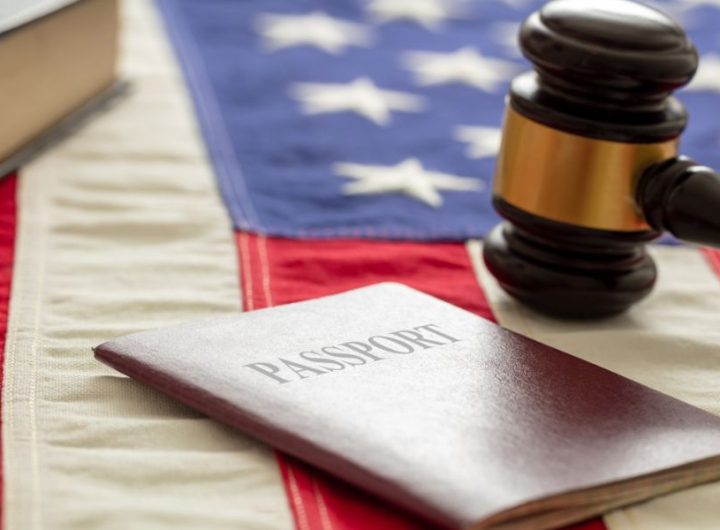
Navigating child custody can be one of the most emotionally challenging and legally complex aspects of a divorce or separation. For parents in Anchorage, Alaska, understanding the basics of child custody laws is essential to making informed decisions that protect your rights and support your child’s well-being. Whether you’re going through a divorce, separating from a partner, or modifying an existing custody order, having a clear grasp of how Alaska courts handle custody matters can provide both clarity and peace of mind.
Types of Custody in Alaska
In Alaska, child custody is divided into two categories:
- Legal Custody – This refers to the right to make major decisions about a child’s life, including education, healthcare, and religious upbringing. Legal custody can be awarded jointly to both parents or solely to one parent.
- Physical Custody – This pertains to where the child lives and how much time they spend with each parent. Physical custody can also be shared jointly or awarded to one parent, with the other receiving visitation rights.
It’s important to understand that joint custody doesn’t necessarily mean a 50/50 split of time. Instead, it indicates a shared responsibility and a schedule that serves the child’s best interests.
The “Best Interests of the Child” Standard
Alaska courts make custody decisions based on what’s in the best interests of the child, not the preferences of either parent. This means the court will evaluate several factors when determining custody arrangements, including:
- The child’s physical, emotional, mental, religious, and social needs
- The capability and desire of each parent to meet those needs
- The child’s preference (if the child is old enough and mature enough to express a reasoned preference)
- The stability of the child’s current environment
- Any history of domestic violence, substance abuse, or neglect
- The willingness of each parent to foster a positive relationship between the child and the other parent
The court aims to promote stability and ensure the child maintains strong, healthy relationships with both parents when safe and appropriate.
Joint vs. Sole Custody in Anchorage
Joint legal and physical custody is common in Alaska when both parents are able to communicate effectively and co-parent in a healthy way. Courts generally prefer joint arrangements when they support the child’s needs.
However, in cases involving domestic violence, child abuse, or substance abuse, the court may award sole legal or physical custody to one parent. The other parent may still be granted supervised visitation depending on the circumstances.
It’s worth noting that custody decisions are not automatically tied to which parent was the primary caregiver during the relationship. Courts take a holistic view of the family situation and prioritize the child’s best interests over historical caregiving roles.
Modifying a Custody Order
Custody orders are not set in stone. If there has been a significant change in circumstances—such as a relocation, a change in a parent’s work schedule, or concerns about a child’s safety—either parent can petition the court to modify the custody arrangement.
To modify a custody order, the requesting parent must demonstrate that the change is in the child’s best interest and that the existing arrangement is no longer suitable. Anchorage courts carefully evaluate modification requests and expect clear, compelling reasons for any proposed change.
Parenting Plans and Court Mediation
In Alaska, parents are required to submit a parenting plan to the court during custody proceedings. This plan outlines how both parents will share responsibilities, including:
- Daily routines
- Holidays and vacations
- Education and medical decisions
- Transportation and exchanges
Parents are encouraged to work together to create a parenting plan that fits their unique family dynamic. If they cannot agree, the court may order mediation or, ultimately, impose a plan based on its assessment of the child’s best interests.
Enforcing Custody Orders
If one parent violates the custody agreement—by refusing visitation, failing to return the child on time, or making major decisions without consent—the other parent can seek enforcement through the court. Alaska courts take violations seriously, especially if they impact the child’s well-being or create unnecessary conflict.
Enforcement actions can include makeup parenting time, fines, or even changes to the custody arrangement in extreme cases.
Final Thoughts
Child custody decisions can feel overwhelming, especially when emotions are high. But understanding Alaska’s child custody laws gives Anchorage parents the tools they need to advocate for their children and create a stable post-separation future.
Whether you are negotiating a new custody agreement or seeking to modify an existing one, remember that the court’s primary concern will always be the best interests of your child. By approaching custody discussions with a focus on cooperation, clear communication, and your child’s well-being, you can help ensure the best possible outcome for your family.
If you’re facing a custody dispute or just have questions about your rights, it’s always wise to consult with an experienced family law attorney who understands the nuances of Alaska’s legal system and can guide you through the process. We recommend family law attorney anchorage.


 Uncovering the Realms of Property Division During a Divorce Case
Uncovering the Realms of Property Division During a Divorce Case  Estate Planning After Divorce: Protecting Your Financial Future in Boston
Estate Planning After Divorce: Protecting Your Financial Future in Boston  The Role of Evidence in Winning a Car Accident Claim in Atlanta
The Role of Evidence in Winning a Car Accident Claim in Atlanta  Exploring the EB-5 Investor Visa Program and Immigration Pathways in 2025
Exploring the EB-5 Investor Visa Program and Immigration Pathways in 2025  Workers’ Compensation Rights and Employee Protections in Washington State
Workers’ Compensation Rights and Employee Protections in Washington State  Smart Strategies a Harlem Personal Injury Lawyer Uses to Maximize Car Accident Settlements
Smart Strategies a Harlem Personal Injury Lawyer Uses to Maximize Car Accident Settlements